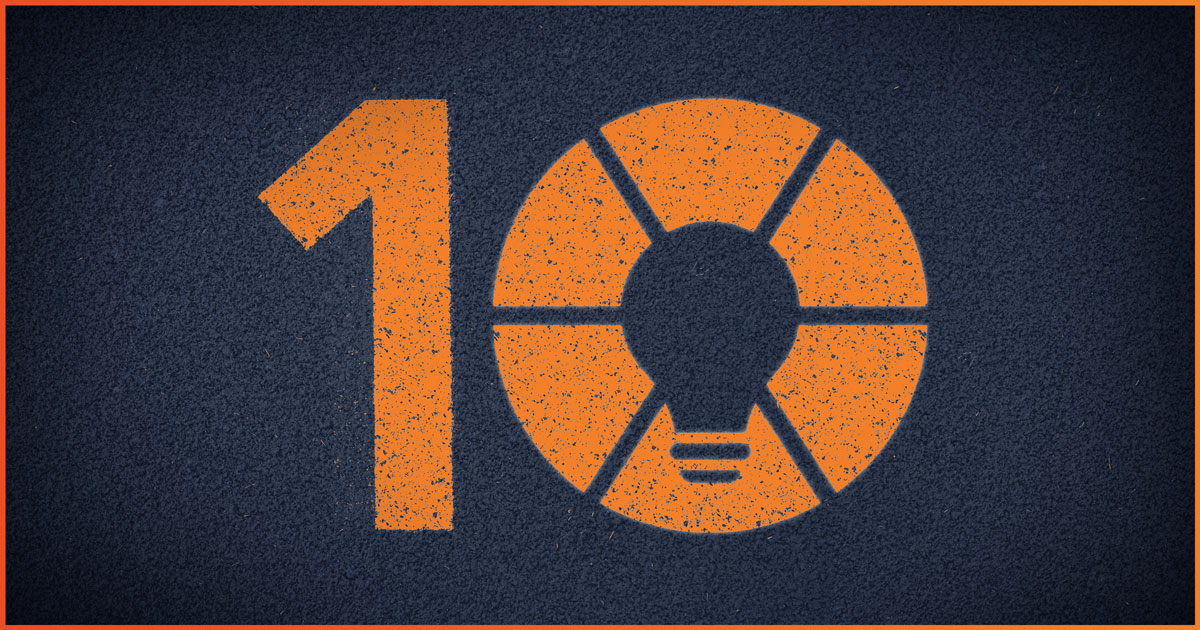
The Level 10 Meeting agenda provides the most effective business meetings known to entrepreneurs. It keeps everyone focused on the most important business needs for the week and on quarterly goals. One thing leaders must bear in mind, though: never vote on Level 10 Meeting ratings.
What Is a Level 10 Meeting?
Level 10 Meetings establish The Meeting Pulse™ for your team. This space provides an opportunity to ensure that everything is on track for the week, which ensures that everything stays on track for the quarter.
This 90-minute meeting begins on time and ends on time. It features high engagement (even from introverts) and holds everyone accountable. Finally, it ends with solving – for good!
The Level 10 Meeting agenda creates a repeatable flow that helps keep everything on track.
The heart of a Level 10 Meeting is the IDS® (Identify, Discuss, Solve) portion. It’s also the most satisfying part because it prioritizes and solves the most pressing issues holding you back from progress.
Level 10 Meetings should always:
- Occur on the same day and time each week
- Use and follow the same agenda each week
- Start and end on time
Rating Level 10 Meetings
The Level 10 Meeting gets its name from the last five minutes when attendees rate the meeting’s effectiveness from 1 to 10. A 10 rating represents the most productive and effective meeting. For reference, most people rate a meeting that doesn’t use a Level 10 Meeting agenda a 4.
Attendees say their ratings out loud one after the other without hesitation. Leaders should strive for a 10 rating from every attendee, with no less than a rating of 8.
If someone rates the meeting lower than an 8, leaders should ask the person to provide a reason why. However, they shouldn’t debate people or cajole them into raising their ratings. The team does not need to come to a consensus on the rating either.
This is what we mean by never voting on the rating of a Level 10 Meeting. Instead, leaders should use the scores and any additional feedback to improve their future Level 10 Meetings.
Another Type of IDS
But what if a meeting consistently receives mediocre below-the-bar ratings from one or more members? The organizers have to find out why, leading to another type of IDS: for the meeting itself.
By using the IDS portion of the meeting to improve their Level 10 Meeting, leaders can find the root issue.
Simply add “ways to improve Level 10 Meetings” to your Issues List. Then, during an upcoming meeting, the team can work together to solve this issue.
Encourage everyone (even introverts) to enter into an open and honest discussion on what’s holding them back. By discovering the root cause of lackluster meeting ratings, leaders can make action plans to address problems.







